Blog, Canning & Preserving, Fermentation Recipes, Fermented Food, Recipe Box
Pear Vinegar Recipe – made with fruit scraps
Amber Shehan • September 24, 2017
Next time you make something with apples or pears, save your peels and cores to make your own batch of homemade vinegar out of fruit scraps!
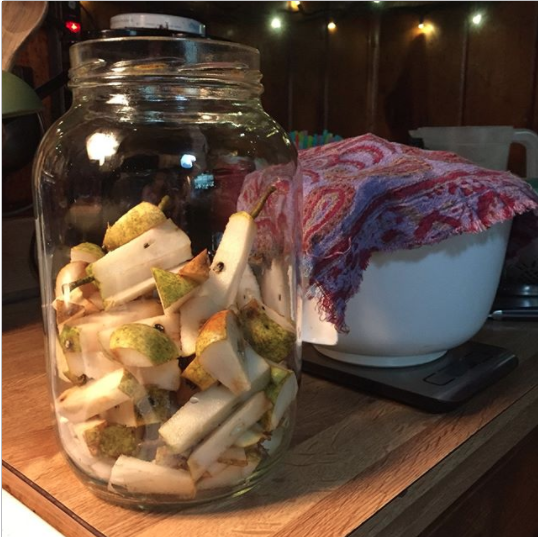
Last year I came into an abundance of pears from a dear friend with a few grand trees at the edge of her yard. Among our pear-related projects, I made a delightful pear cordial that you should check out!
After preparing the pears for the cordial-making process, I ended up with a big bowl full of pear cores, stem bits, and bruised chunks that I deemed unfit for inclusion in the cordial. Instead of dumping these into the compost, they became vinegar! The flavor is bright and tart, and it livens up the palate. Best of all, it’s so easy to make!
To make fruit scrap vinegar, you need a few things: a fermented liquid and a “mother of vinegar” are the most important parts.
To get a batch of vinegar going, you’ll need some vinegar starter or vinegar mother. The vinegar mother is a colony of acetic acid bacteria that grows to cover the liquid and converts the ethanol to acetic acid. You can buy prepackaged packets or tubes of starter from a homesteading shop, but I just shake up some live vinegar and pour a little bit into my ferment to get it alive and growing. You can use something like Braggs ACV or from an older batch of your own homemade vinegar.
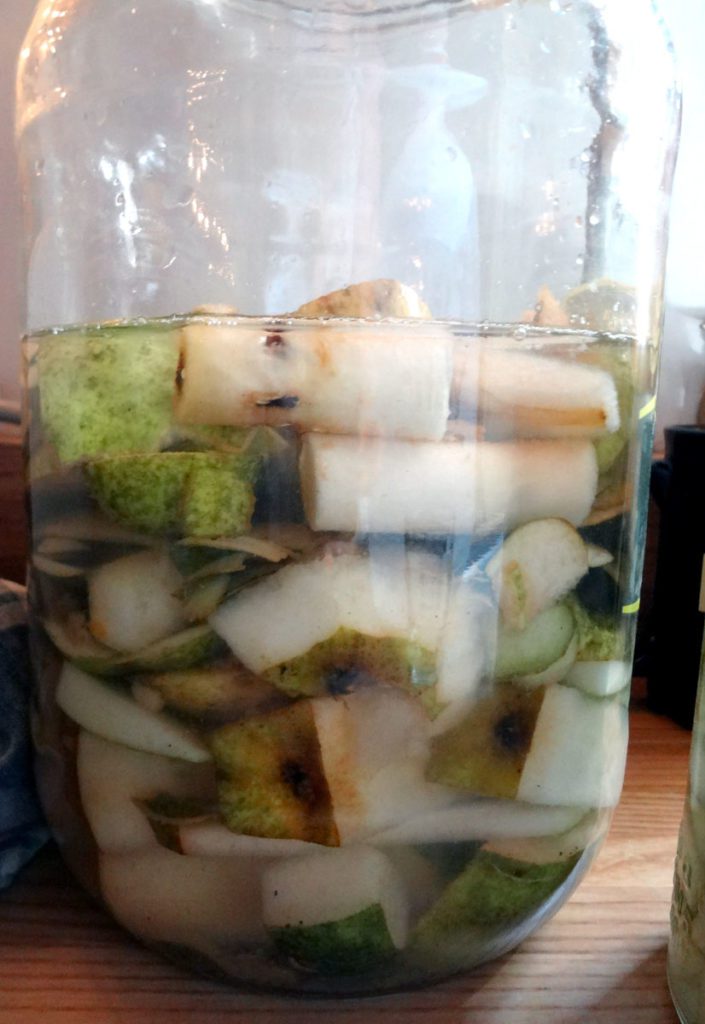
Pear Vinegar Recipe
Ingredients:
- pear scraps, peels, cores, and bruised bits
- a jar or crock that they all fit in
- water (preferably without chlorine)
- mother of vinegar (you can purchase one, or just use a bit of live vinegar)
Put all of the scraps and peels into a well-cleaned jar or crock. I ended up with one huge pickle jar half full of pear bits. You can add sugar to help speed up the fermentation, but I do not find that step necessary for the overall process.
Pour the water over the pears.
Cover the jar or crock with a cloth and tie or rubber band it into place to keep out the dust and bugs. This cloth also allows it to breathe as it ferments and becomes boozy.
Set it aside on your counter or in a cabinet. You want to find a spot that is out of direct sunlight, but don’t forget about it! After a day or two, little bubbles will appear as the pear and water begin fermenting. Now we are ready to add the mother since she needs alcohol to do her magic.
Strain out the pears and solids and return the liquid to a clean, wide-mouthed jar or crock.
Add the mother of vinegar. For this recipe, I grabbed my bottle of Braggs Apple Cider Vinegar, shook it up to mix it, and then poured in a glug (probably about 2 tbsp worth). Since apples and pears are so similar, the apple cider vinegar mother worked well. If you want to make a more specific vinegar – malt vinegar or wine vinegar, for example – you’ll want to find a mother specific to that type.
Recover the jar or crock with the cloth and rubber band, because the fruit flies are going to be SO EXCITED about your new project.
After a day or so, you’ll notice some white, ghostly oil slicks appear on the surface of the liquid. It will continue to grow until you have a healthy mother of vinegar. The vinegar mother looks like a white, translucent, rubbery plug on the top of the ferment. If you’ve ever made kombucha, you’ll recognize a vinegar mother right away.
This video shows you my very first batch. One correction: the mother is made up of cellulose and acetic acid – not yeasts as I mistakenly narrate in the video.
After a month, strain the vinegar into a large bowl with a spout, and then from there into sanitized bottles. Label the bottles and store them away for later use – the longer the vinegar ages, the better it tastes.
My project resulted in happy, bright yellow bottles of vinegar, and each has its own little skin of mother at the top of the bottle. Nice! It ended up having a clear taste that is like apple cider vinegar, only with a bit of pear flavor. It will do fine for fire cider, hair rinses, salad dressings, and most of the other purposes for which I employ vinegar!
Keeping a Vinegar Mother
If you want, you can leave the mother and enough liquid to cover her in the jar so that she can be kept and used again. For a while, my vinegar mother lived on my counter with a cloth over her lid. Whenever I had a bit of homebrewed wine or live fermented liquid to share with her, I did, and it kept her going.
Soon after, I acquired a half bushel of apples and restarted the experiment using those peels and cores. I started another jar with papaya and pineapple skins. They were all going well until we went out of town for a few days. In our absence, we had a mouse move in and my Mother jar and the jars of working vinegar were destroyed by the mouse crawling over the cloth-covered jars. My cat has some explaining to do!

Resources & references for my process:
Get updates from Pixie's Pocket: brewing and herbs in your inbox:
Posted In Blog, Canning & Preserving, Fermentation Recipes, Fermented Food, Recipe Box
Tagged: diy, DIY projects, fermentation, pear, preserving, recipe, recipe box, recipes, vinegar
Amber Shehan
Hi! I'm Amber Pixie, and this is my site. Enjoy the recipes, information, posts, and please feel free to message me if you have questions!


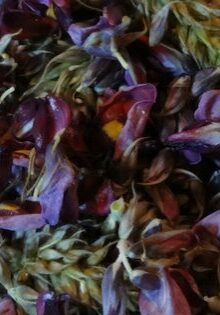
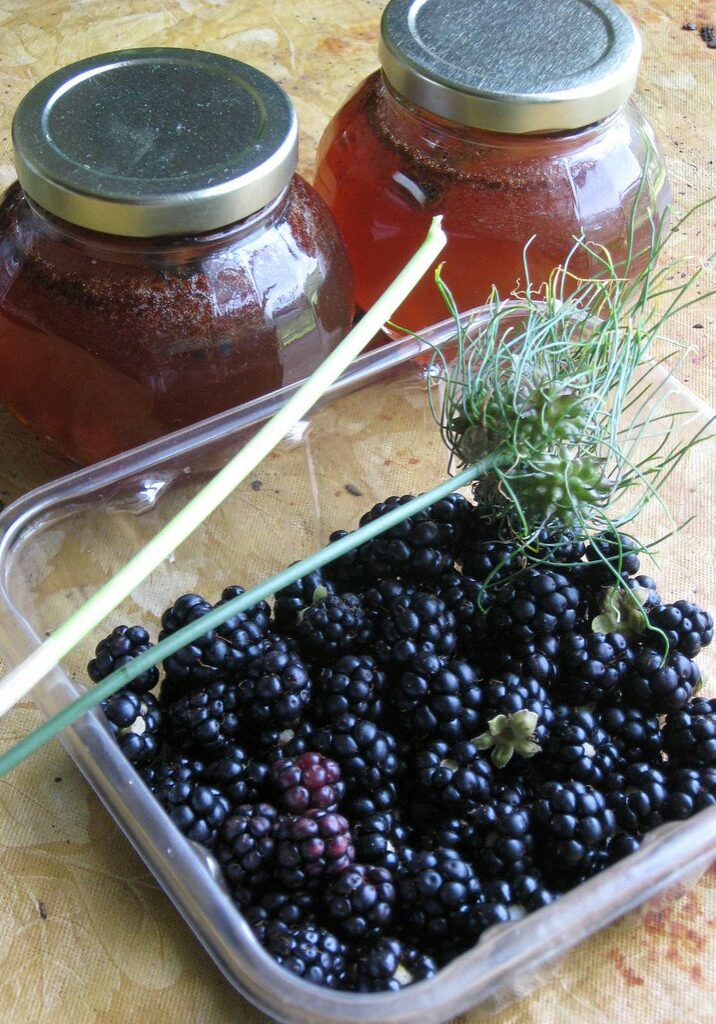
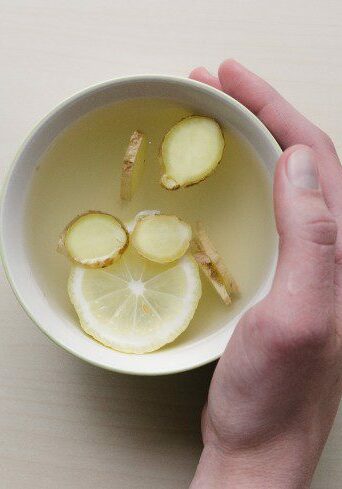
Do fruit vinegars make good natural cleaners?
In my experience, they work well, but not AS well as distilled white vinegar. Not sure why, though!
I don’t can with it, because I don’t know how to measure the acidity.
I bought a garden acid tester and i only use it in my kitchen and it works for checking acidity in things like vineger and buttermilk and home caned things!!
Thank you for the inspiration! This was the push I needed to try making my first shrub:
Pear, apple, rosemary, star anise. Two variations – one with apple cider vinegar and one with white wine vinegar. They are delicious! A drinking vinegar did not sound at all yummy to me, but I was so wrong.
Next time I have fruit scraps I’ll have to try for a mother of vinegar.
Your blog is an ongoing delight to me!
Aw, thanks, Laura! That shrub sounds delicious and warming! You are too kind. Thank you so much for sharing your creations, and for reading and commenting, too. 😀
I tried making my first pear vinegar. I strained it on 9/18/18. It still has cheesecloth over the top. I’m not sure what to do at this point. Do I strain again and put in mason jar with metal top? Do I have to process it?it’s slowly evaporating and I feel like I should do something..
Apologies, Diane! I just noticed your message! Once strained, you can pour your vinegar into sanitized bottles and store them away! Don’t use a metal top, as the vinegar will cause it to corrode. I hope that helps, Diane. This vinegar is best after a year or so in storage.
Sounds great. Can I use pears that have worm activity in them?
I was just looking for a way to use up some peach scraps and was SO excited to see this blog! Normally I’d use them to flavor my kombucha, but I have way too much made right now so wanted to do something different. I’ve got it started now and can’t wait to try the finished product. Thank you!
Oooh, peaches! I have never tried those. Let me know how it turns out, please!
I have a pear tree in my back yard and finally, after two years, got motivated to make pear vinegar. I’m about ready to do the step wherein I add the mother.
Oh, I’m sorry I missed your comment until now! How’s it working out for you so far?
I get it to the add vinegar stage, I undersand the mother, but how to get from the mother in the big jar? All bits and pieces strained out. then how and when do I place it in bottles? The mother is sitll in the bottles you de-canted to, so will they keep fermenting? I want to use this for gifts.
I’m sorry for the delay in reply! I’ll usually strain the vinegar into a jug and then into sanitized bottles. The mother might still grow a bit in the bottles but I don’t mind that at all. I’ve aged some pear vinegar for two years and it was about the best vinegar I’ve ever had. 🙂
If you want to, you can dump the mother back into the jar and give her a bit more apple juice or peels to keep her alive and working.
Mother can be saved in a jar covered with white vinegar indefinitely.
How long can a mother survive in a fridge?
How long does the vinegar keep for
Hey there! I’ve kept some for up to two years but ended up using it. It had mellowed out so nicely while aging that I hope to get a really big batch going so I have enough to let it age a while. As far as I know, it’ll keep indefinitely.
I was so inspired by your recipe and blog, I decided to sign up for your newsletter and follow you on FB.
Thanks for explaining the world of vinegar from food scraps. Your article is very detailed. I look forward to reading your posts.
I was looking for just this…Pear Vinegar. I make Crab-Apple Vinegar last Fall and it turned out great, plus the Crab-Apples grow wild so no extra cost.
I just let the wild yeasts on the Crab-Apples do the work…Even have a “scoby” as a bonus! Looking forward to trying Pear Vinegar!